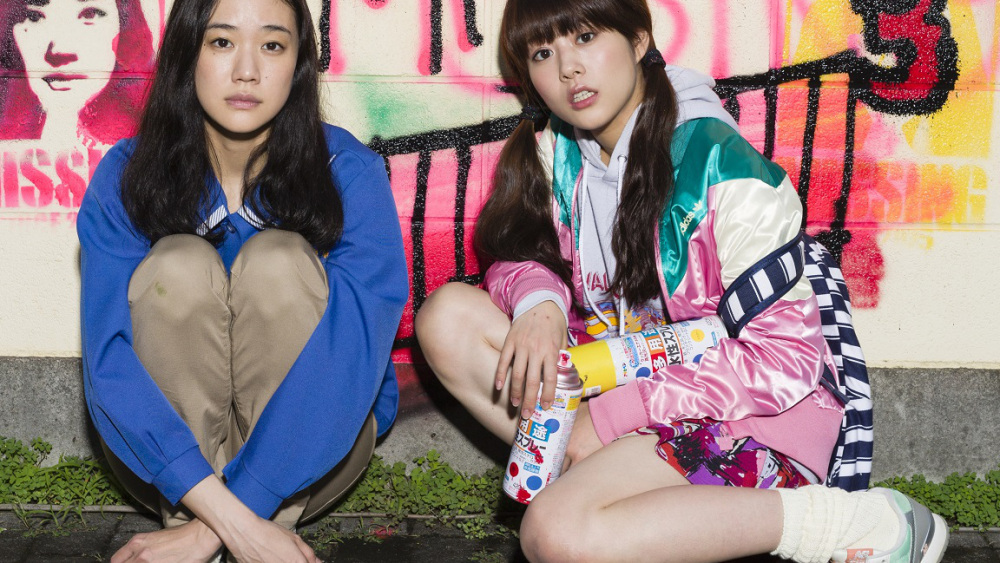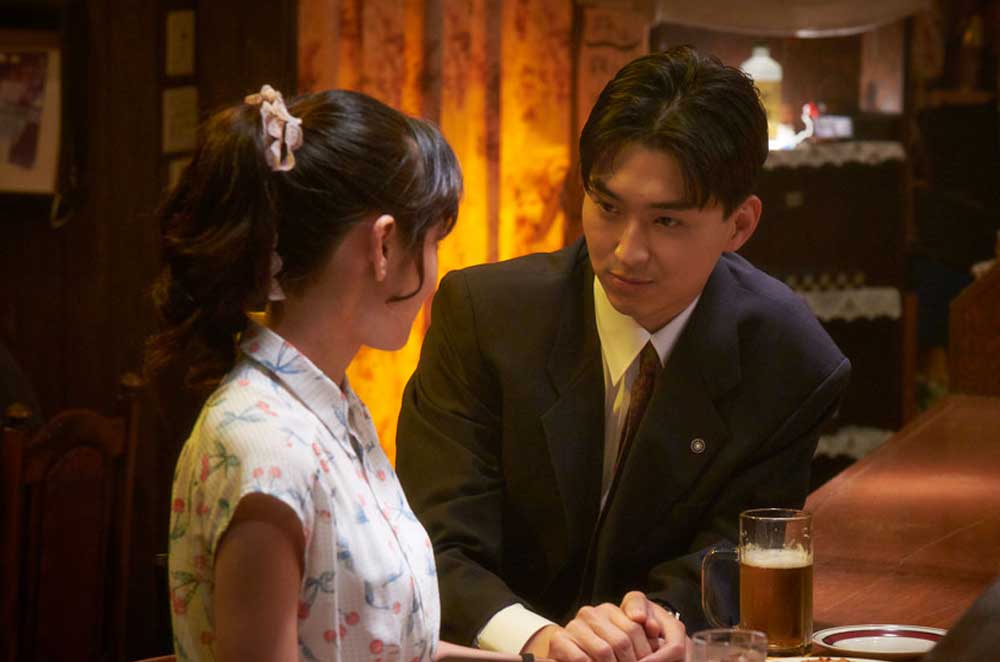In Mamoru Hosoda’s inventive take on the Disney classic, Beauty and the Beast, a tale as old as time gets a futuristic retelling. The newest feature film by director Mamoru Hosoda (best known for his Academy Award-nominated 2018 anime feature Mirai), Belle, received a resounding 14-minute standing ovation at Cannes Film Festival 2021 when it premiered and went on to become Japan’s third-highest-grossing film in 2021.
The lush visuals and catchy tunes set the stage for a story that has struck a chord with many exploring the dual lives people often live online, imagining the virtual worlds of the future and challenging the portrayal of women and girls in anime.
Mamoru Hosoda
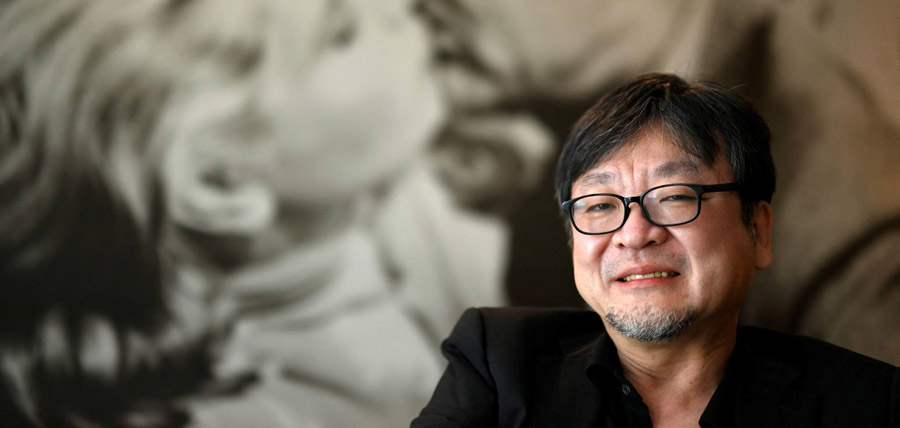
In 1991, Mamoru Hosoda joined Toei Doga (now Toei Animation) as an animator before becoming a director wherein 1999, he directed his first film for theatrical release, Digimon: The Movie “Digimon Adventure: Children’s War Game!” (2000). Soon after he freelance directed The Girl Who Leapt Through Time (2006) and Summer Wars (2009), both of which garnered attention both domestically and abroad. In 2011, he co-established animation studio Studio Chizu with producer Yuichiro Saito where he went on to direct Wolf Children (2012), The Boy and the Beast (2015), and Mirai (2018).
Belle is Mamoru Hosoda’s 7th feature-length film that he has directed and the 5th that he has written. He has come to be known as a director who concerns himself with the lives of children and portrays stories about cultivating a future of one’s own free will.
Plot
Belle (Ry to Sobakasu no Hime, literally “The Dragon and the Freckled Princess”) revolves around Suzu (voiced by Japanese singer-songwriter Kaho Nakamura), a 17-year-old girl who has lost her will to sing after her mom’s traumatic death when she was a child. In the real world, she is melancholic, shy and struggles with strained relationships, but when she enters “U”, a sprawling virtual world, she transforms into Belle, a radiant global pop idol with flowing pink hair and an endearing facial design that resembles her real-life characteristic freckles. Only in U, where she becomes Belle, can she find the strength to sing.
One day, her concert is interrupted by Dragon (voiced by Takeru Satou), a violent and monstrous “beast”, chased by The Justices, a band of muscular, self-righteous bullies dressed like superheroes. Sensing an inner-hurt that’s fueling him, Suzu becomes captivated with Dragon and puts herself in direct opposition to The Justices.
With the tech expertise of her best friend Hiroka (voiced by J-pop star YOASOBI) and the emotional guidance of her late mother’s female friends, Suzu/Belle embarks on an emotional adventure to uncover the identity of the mysterious Dragon and to discover her true self in a virtual world where you can be anyone and where everything can be concealed.
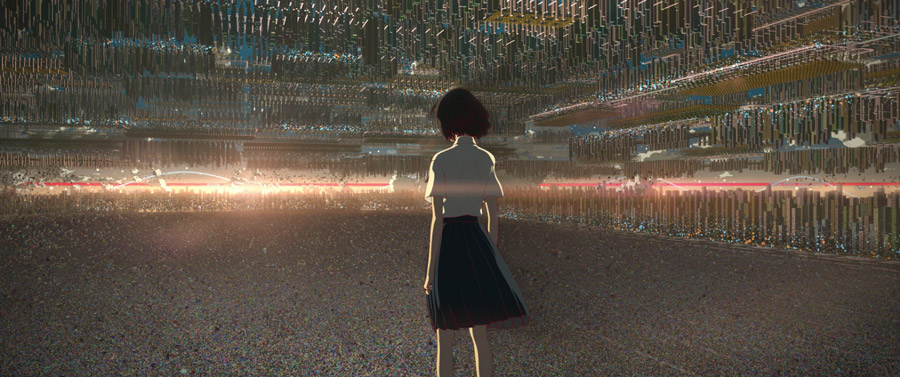
Hosoda is no stranger to virtual worlds and has been exploring their depictions in anime since directing a pair of Digimon movies in the early noughties as well as Summer Wars (2009). His unique way of adeptly negotiating the boundaries between reality and fantasy has made the lush and striking world of U arguably the main draw of Belle.
Hosoda recruited Eric Wong, a young British architect, and illustrator based in London to design Belle’s CG animated metaverse, U, and Isamu Kamikokuryo (who was the art director on Final Fantasy 14 and 15) to design the Disney-like castle of the Beast. Architecturally, U is an almost overwhelming vast linear city made up of geometric skyscraper-like forms, pop art speech bubbles, and an ethereal crescent moon perpetually hanging low in the distance. Hosoda also consulted with researchers in the realm of 5G and body sharing technology to make U a believable world.
In an interview, Hosoda explained that ten years ago he created an online community of 1 billion people for Summer Wars, and soon after Facebook went and got 2 billion-odd users. He felt the need for U to surpass this: U has 5 billion users. It is a matter of time before this, too, becomes out of date, he suggests. “I would like to imagine something even further beyond, and share that future with everyone.”
Female Empowerment
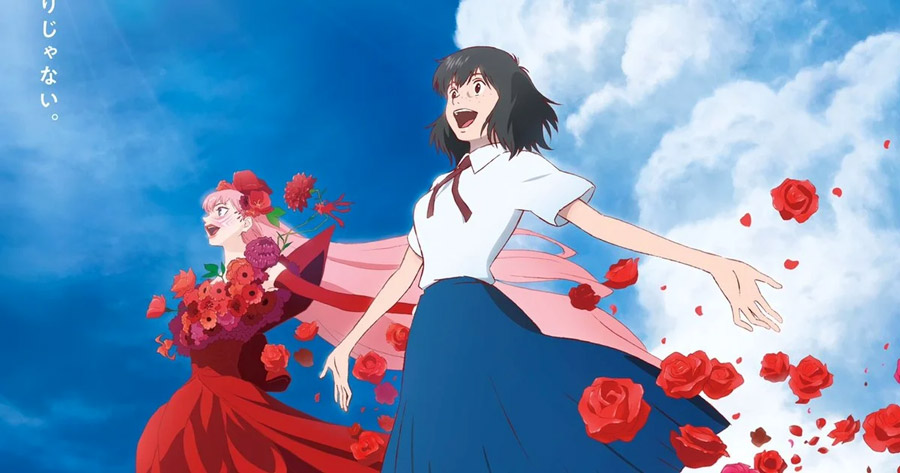
Female characters in Japanese anime are often depicted through a lens of hypersexualised desire leading to their sexual exploitation, and often much is brushed off as a “freedom of expression.” But through Belle, Hosoda has perhaps presented his most explicit message about female empowerment.
Since the original telling of The Beauty and the Beast, there have been a lot of changes in our society. Hosoda has said in an interview that he wanted to break away from stereotypical gender norms and give Belle more complexity in the same way that the character of Beast in the original Disney movie was afforded that depth.
“Just like the beast having a duality, I wanted Belle to also have two sides and focus on how the two sides come to play, ultimately leading to her self-growth.”
He said he was inspired by his 5-year-old daughter, as he contemplates the future she will face growing up.
The film’s message of female empowerment has gained attention for flipping the script on anime, which often portrays girls and women as weak, vacuous and objectifiable beings.
Final Thoughts
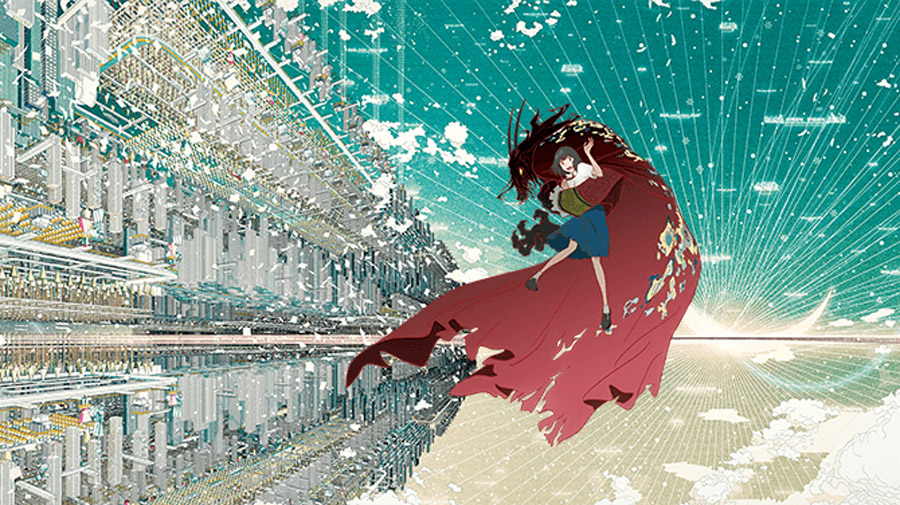
Arguably one of the most exciting filmmakers in Japanese animation, Hosoda continues to add to his impressive body of work, dealing with heavy themes in a thoughtful and artistic manner.
Although Belle is no doubt a meticulously crafted tale, it is not a totally original critique of internet culture and for all of its strong female characters, it still presents a narrative of male protectionism despite its focus on female empowerment.
But what it may lack can be made up for through strong lessons, particularly around the idea of strength. Apart from Belle’s stunning singing voice, Hosoda reminds us how one’s inner strength can also become their exterior strength. The true source of Belle’s talent is inside her highly empathetic nature, not in the attention she receives from others.
Belle’s beautiful animation and delicate depiction of mental and physical hardship make it a noteworthy animation.
Belle was released in UK cinemas on February 4, 2022. There are still screenings planned at Vue, Picturehouse, and Odeon cinemas across the country. Unfortunately, Belle isn’t available to stream yet for those of you who prefer to enjoy movies from the comfort of their living room so if you’re raring to see it you will need to get yourself to your local cinema.







































